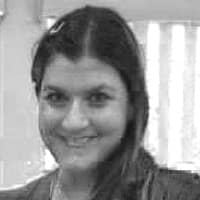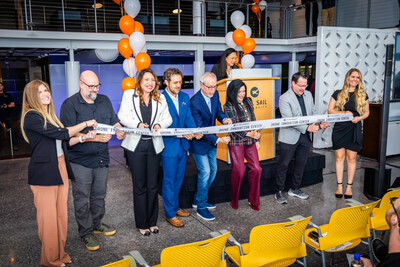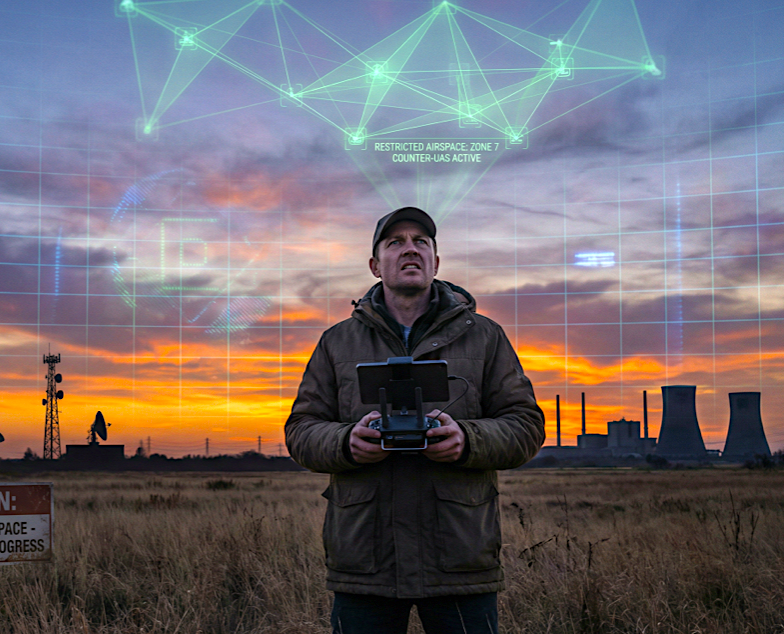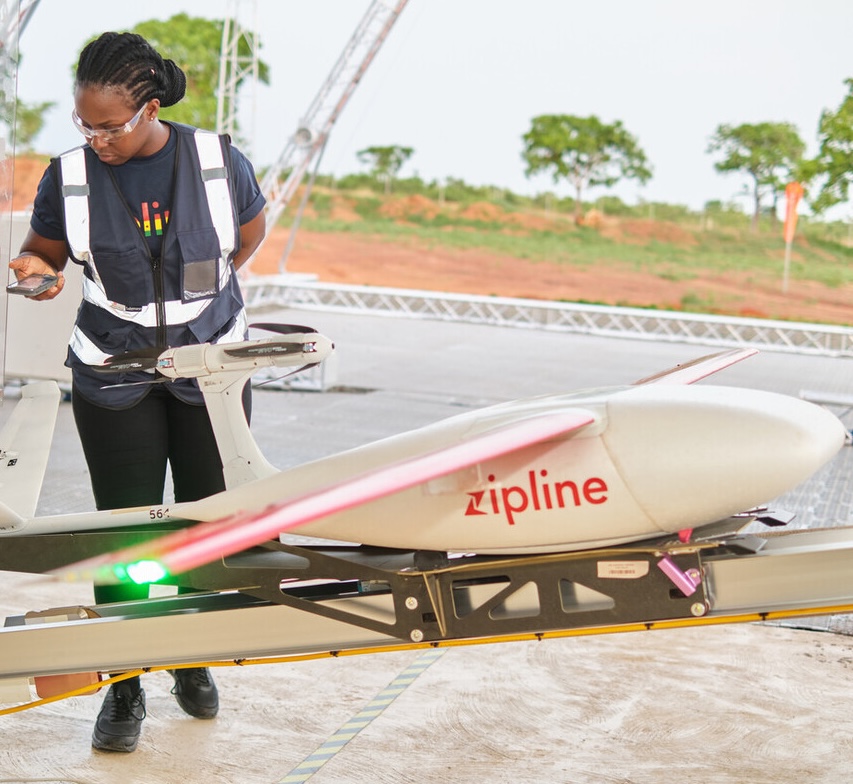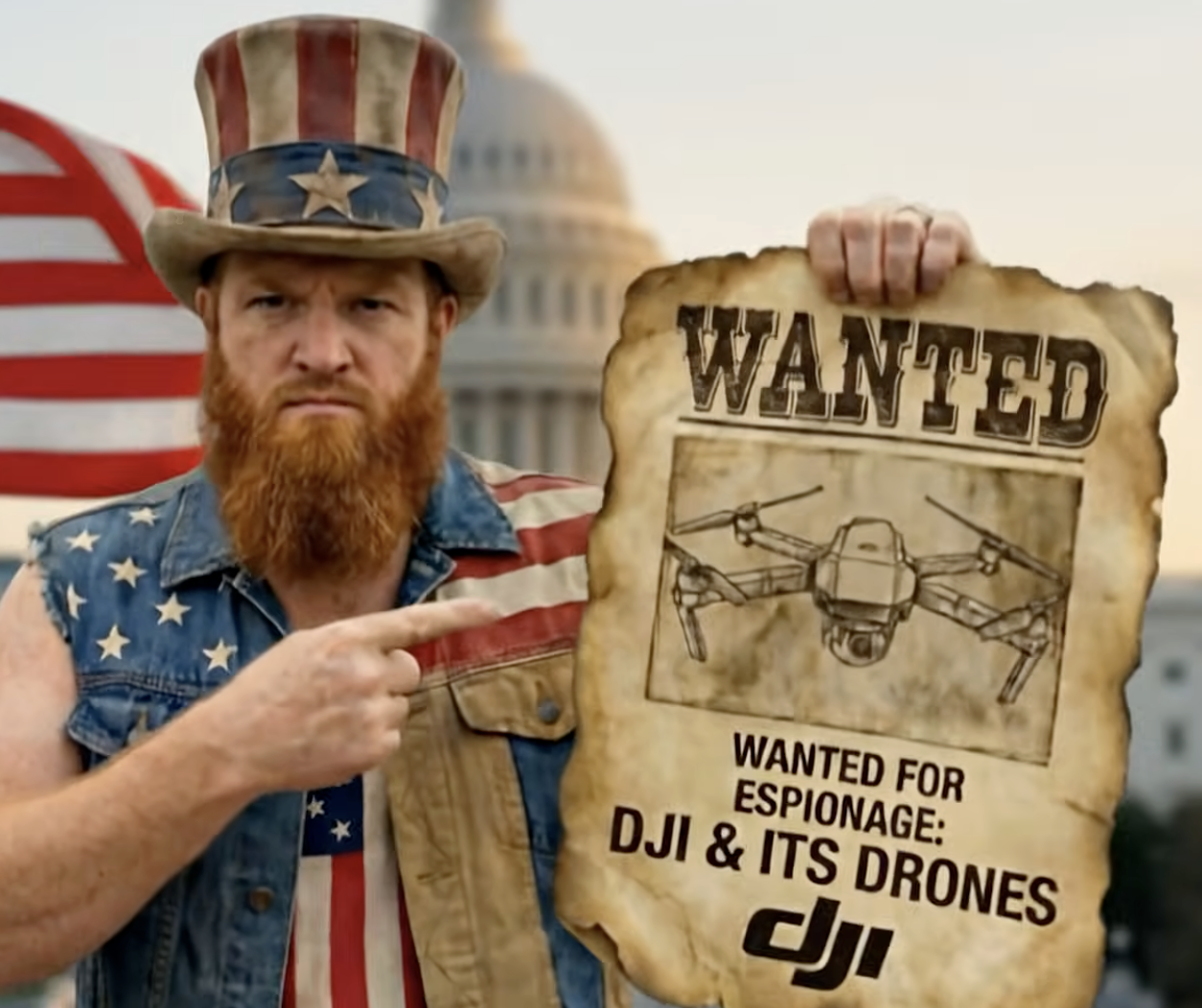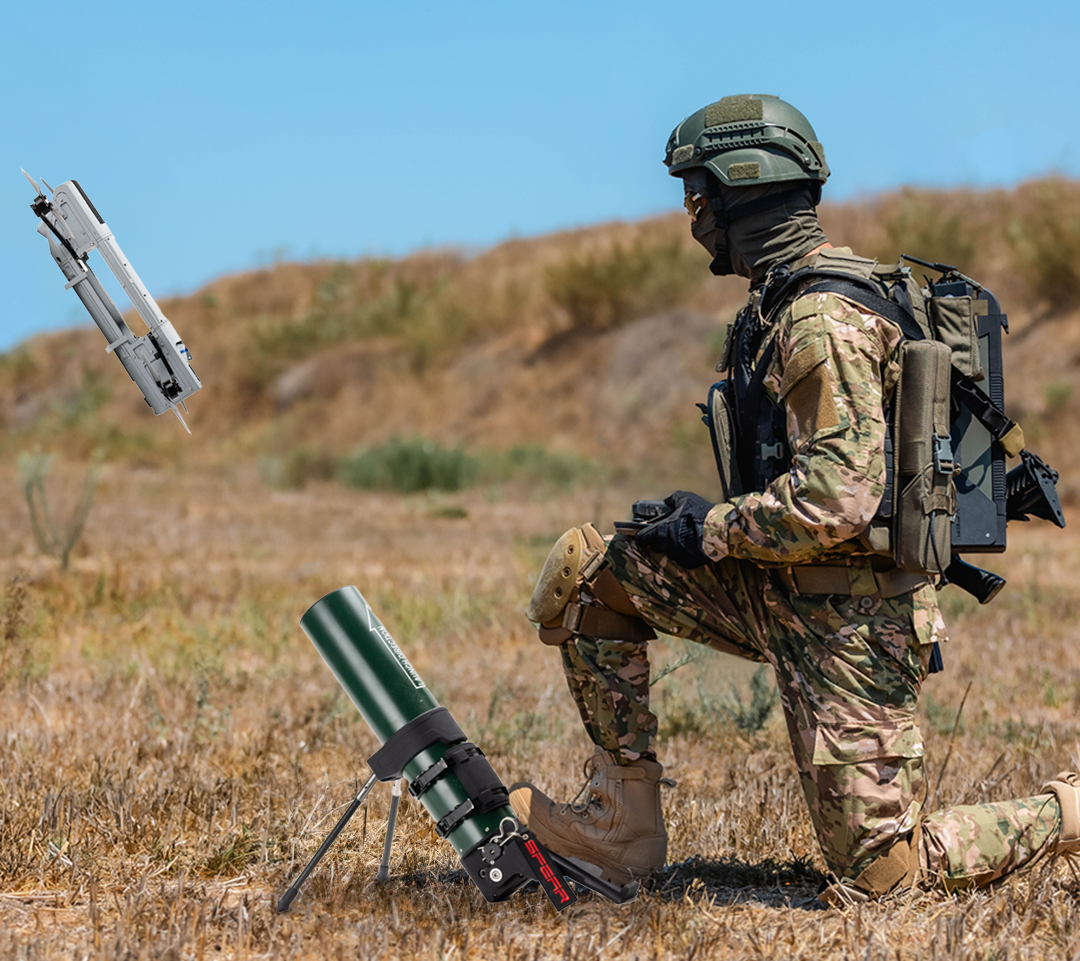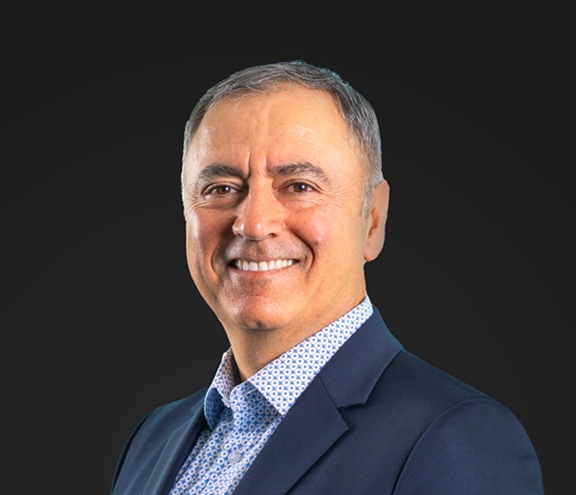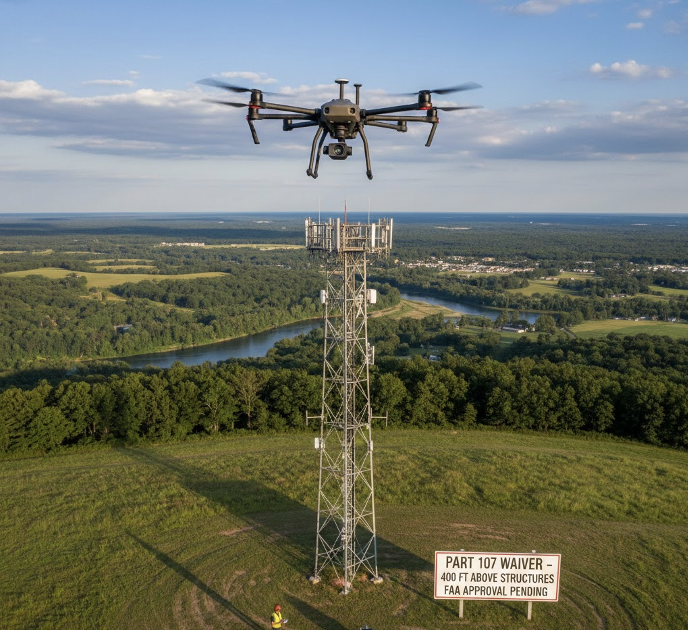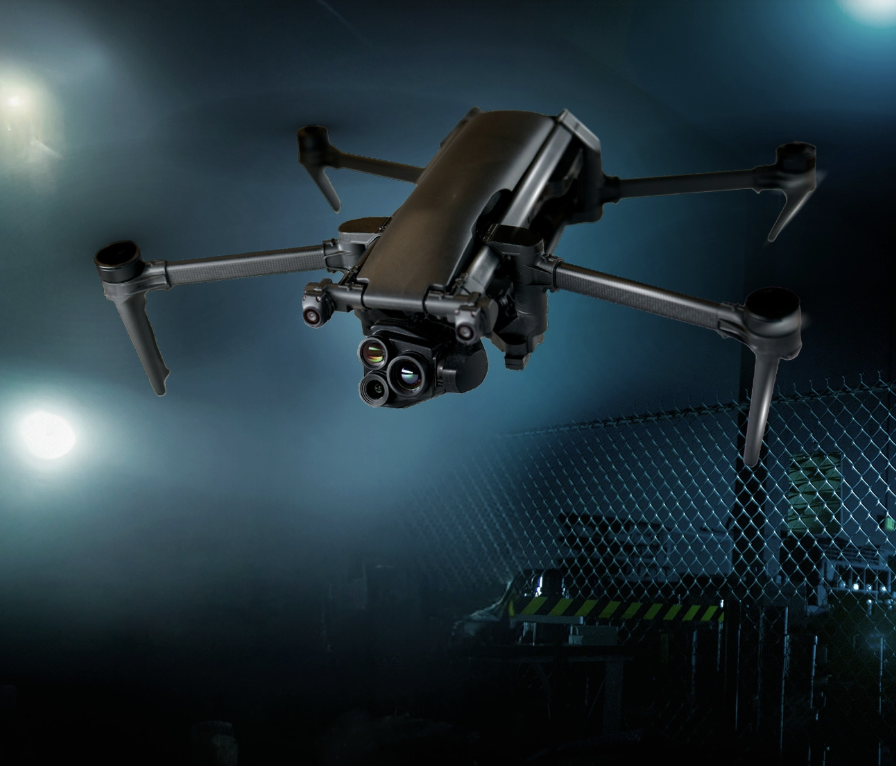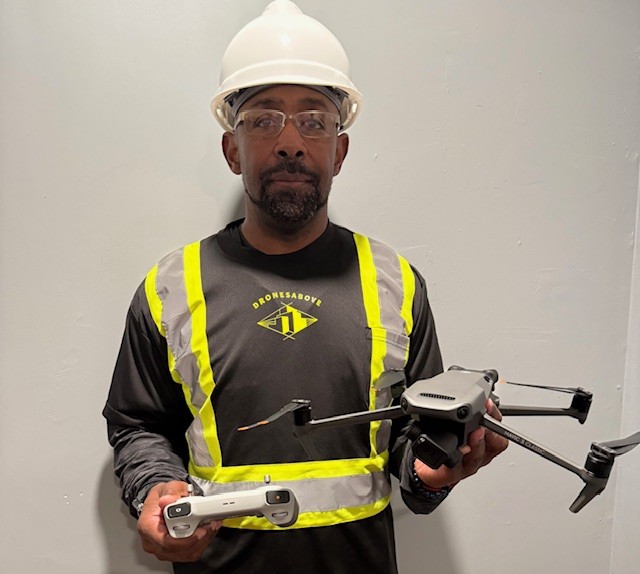Featured NewsTrending NewsDrones, AI and Embry‑Riddle
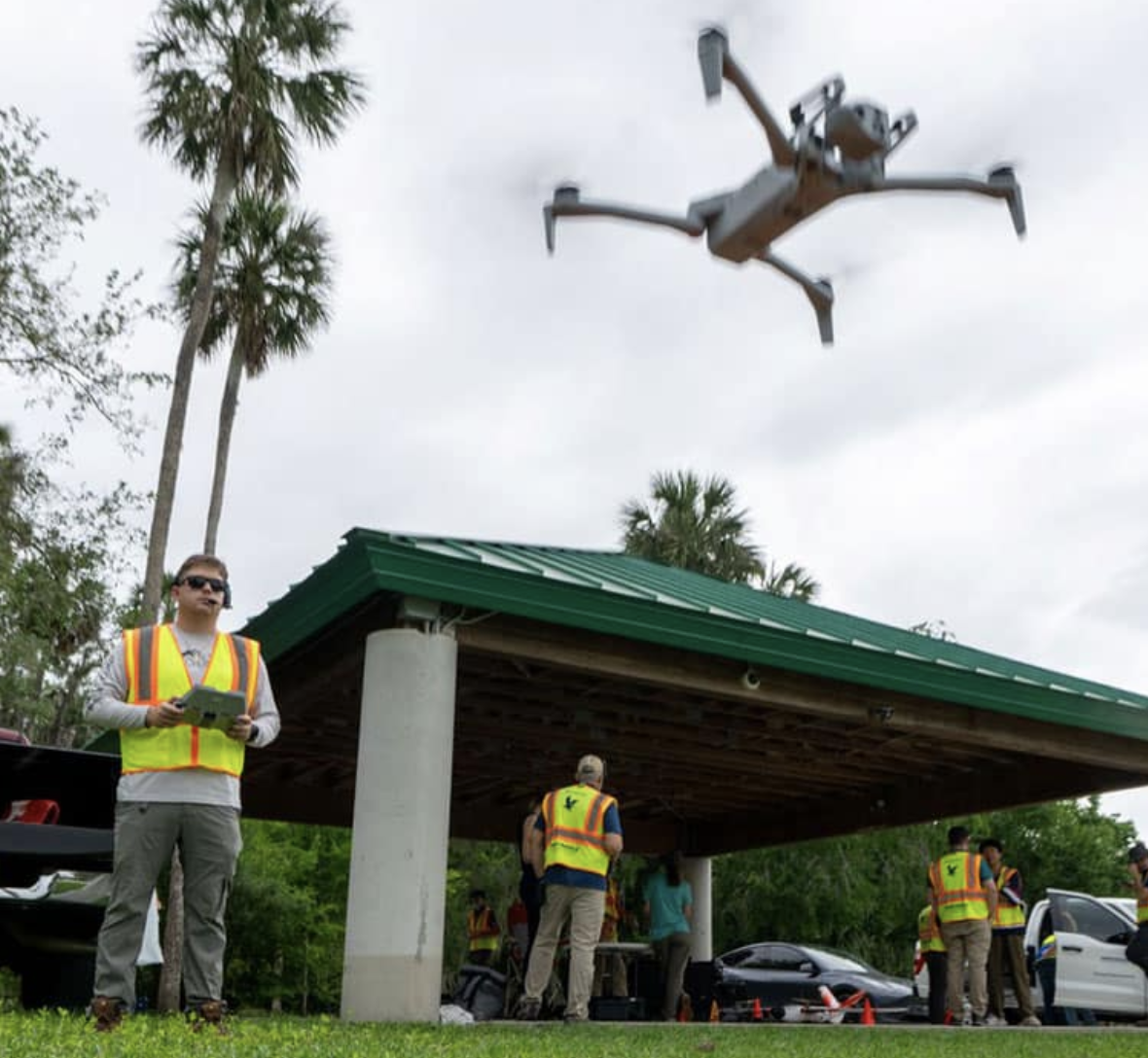
Above photo: Embry‑Riddle student Nicholas Buckalew launches a Skydio UAV for a research project to survey plant life on Lake Beresford in DeLand, Florida. The research, conducted with Stetson University’s Institute of Water and Environmental Resilience, will help to understand the health of the lake. (Photo: Embry‑Riddle/David Massey)
20 August 2025
Embry‑Riddle Aeronautical University researchers are using drones to capture aerial imagery of aquatic vegetation that will be used to train artificial intelligence models to automatically classify plant life and investigate the health of lakes, rivers and other bodies of water.
The project — which is the Embry‑Riddle team’s latest collaboration with Stetson University’s Institute of Water and Environmental Resilience (IWER) — employs uncrewed aircraft systems (UAS) outfitted with a variety of cameras to find and collect images of aquatic plants along the shoreline of Lake Beresford in DeLand, Florida.
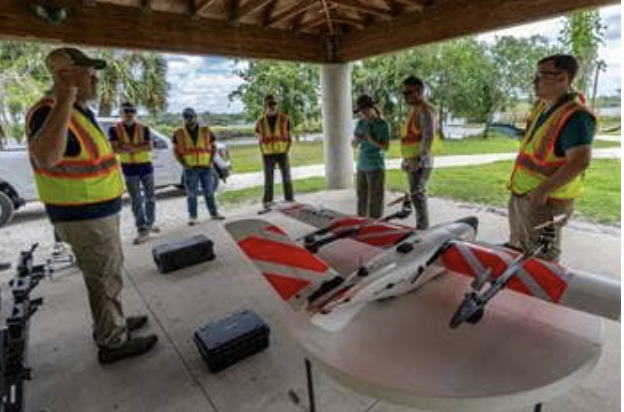
Embry‑Riddle professor Dr. Dan Macchiarella talks to the team before a UAS mission to map Lake Beresford’s water lettuce. (Photo: Embry‑Riddle/David Massey)
“Our flight missions have been aimed at gathering images to train the AI,” said Dr. Dan Macchiarella, professor in the Department of Aeronautical Science.
The drones scan for water lettuce, which is considered an aggressive invasive weed that can quickly overtake rivers and lakes, crowding out native plants and animals. Dense mats of water lettuce can also restrict water flow and reduce aquatic life.
“We started with water lettuce, but we are looking at expanding out beyond that,” said Macchiarella. Dr. Parham Ahmady Phoulady, assistant professor in Embry‑Riddle’s Department of Electrical Engineering and Computer Science, is working on the project’s AI models.
Tracking the diversity and number of aquatic plants can offer insight into the health of a body of water. Some of the UAS are equipped with multispectral imaging cameras that detect light bands, which can be used to assess plant health. One also has a thermal camera, which can detect temperature differences in Lake Beresford.
“There is a theory that there is a spring in that lake,” said Macchiarella. “We’re looking if we can see a temperature difference to indicate the location of a spring in the lake because a spring is always 72 degrees.”
Since 2019, Macchiarella has been working closely with Dr. Jason M. Evans, professor of Environmental Science and Studies and executive director of the IWER at Stetson University in DeLand, to use drones in environmental monitoring, flood mitigation and water quality projects.
“Stetson provides environmental science expertise,” said Macchiarella. “We provide remote sensing from uncrewed aircraft systems and AI expertise.”
Their research has received funding from the National Science Foundation and the National Oceanic and Atmospheric Association (NOAA). They have also partnered with the Brevard Zoo and the city of Cape Canaveral.
“We’ve done research from the Atlantic Ocean to the St. Johns River,” said Macchiarella.
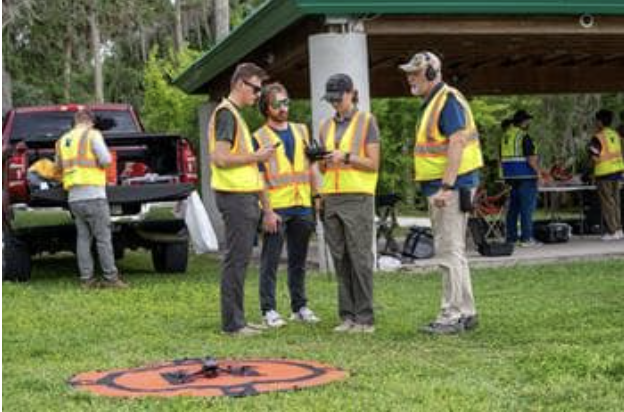
The UAS mission is to capture aerial imagery of aquatic vegetation that will be used to train AI models to automatically classify plant life and support environmental research. (Photo: Embry‑Riddle/David Massey)
With Drones, Students Study the Environment
Macchiarella said that the team of students working on the project is gaining “real-world experience” at Lake Beresford.
The team includes Nicholas Buckalew, who is pursuing a master’s degree in Uncrewed Systems. He took a class with Macchiarella as an undergraduate and found he loved UAS operations. He now runs his own drone company, Pallas Drone Services, which does aerial photography, videography, mapping and inspection.
“UAS is definitely the future. The technology is constantly evolving, and it’s one of the fastest-growing industries in the world right now,” said Buckalew, who is from Houston. “I’m excited to see where it’s going to go.”
Belle Christianson, a senior majoring in Uncrewed Aircraft Systems, said the project was her first time doing UAS research work. The past two summers, she has participated in study abroad trips in Argentina and Chile. Both were led by Macchiarella and focused on UAS.
“I’m also learning how to research independently, build my own skills and develop flight plans,” said Christianson.
Tyler Deal, a UAS graduate assistant at Embry‑Riddle, has worked on several UAS projects that look to capture the environment. He was involved in a UAS project focused on developing stormwater solutions for Cape Canaveral. In Argentina, he also conducted agricultural and environmental research using UAS.
“I just like being at the forefront of technology and innovation, and Embry‑Riddle was the best place for it I could find,” said Deal, who was also an undergraduate and has completed UAS internships at Lumbee Tribe Enterprises and Censys Technologies. “I’ve flown a wide variety of drones, and I certainly wouldn’t have made it this far without all of these experiences.”
He also mentioned that he likes how UAS can be employed across various industries for crucial insights that would otherwise be extremely difficult and costly to obtain.
“I like taking the data collected by the drones and processing it into something meaningful in the end,” said Deal. “It’s really valuable in any field.”
